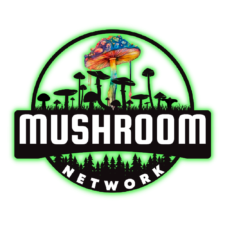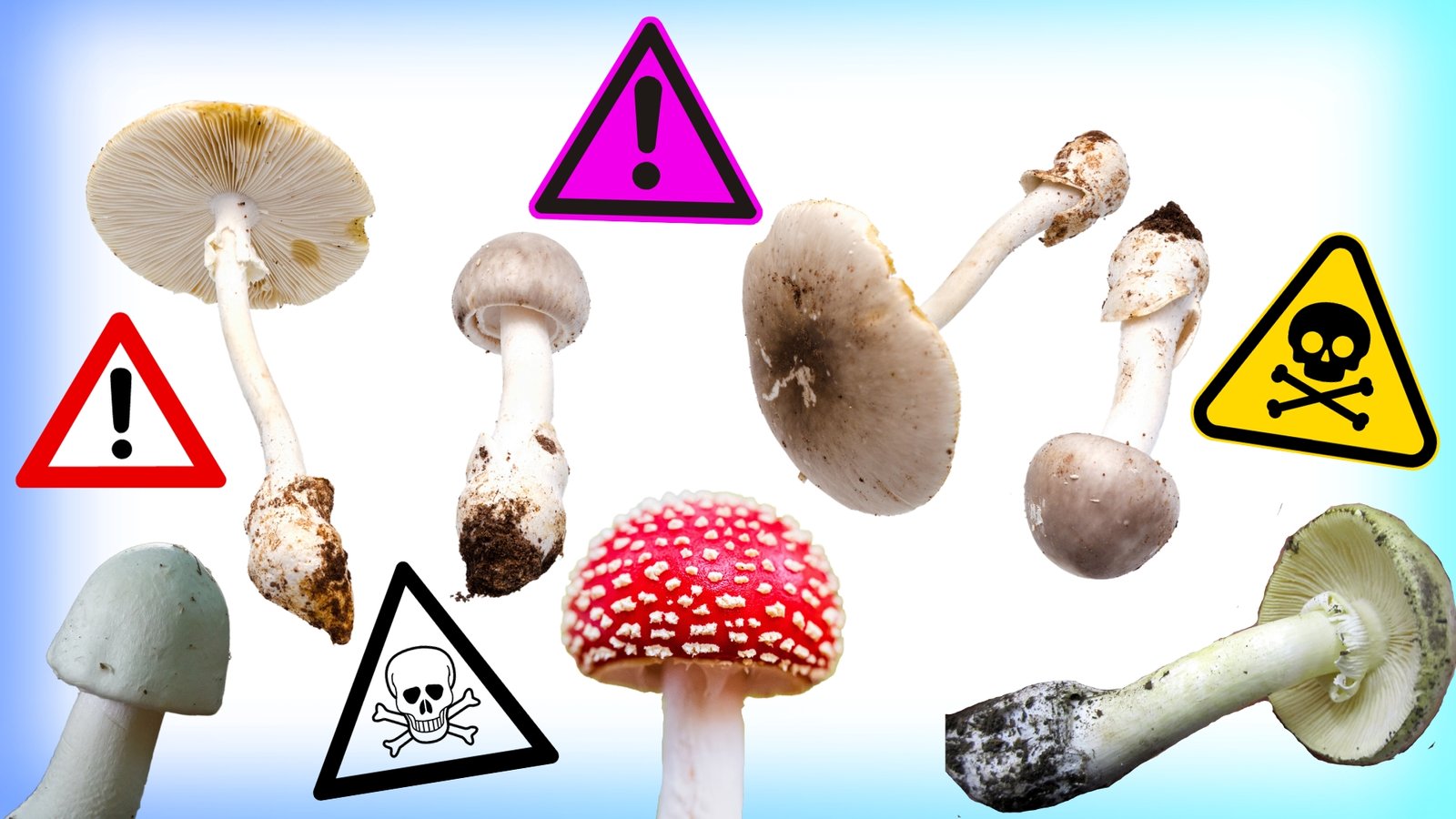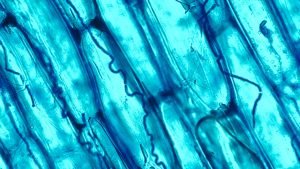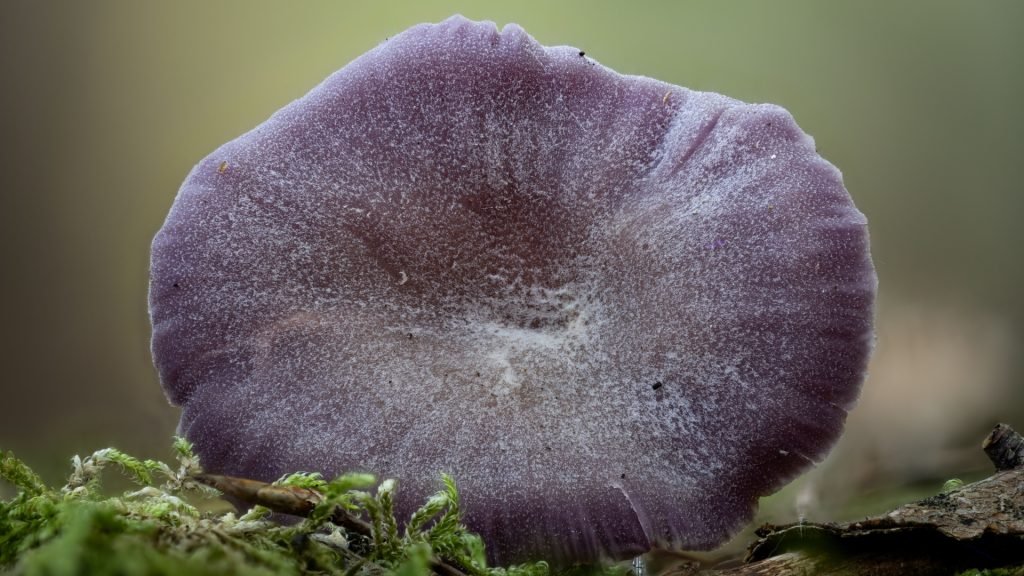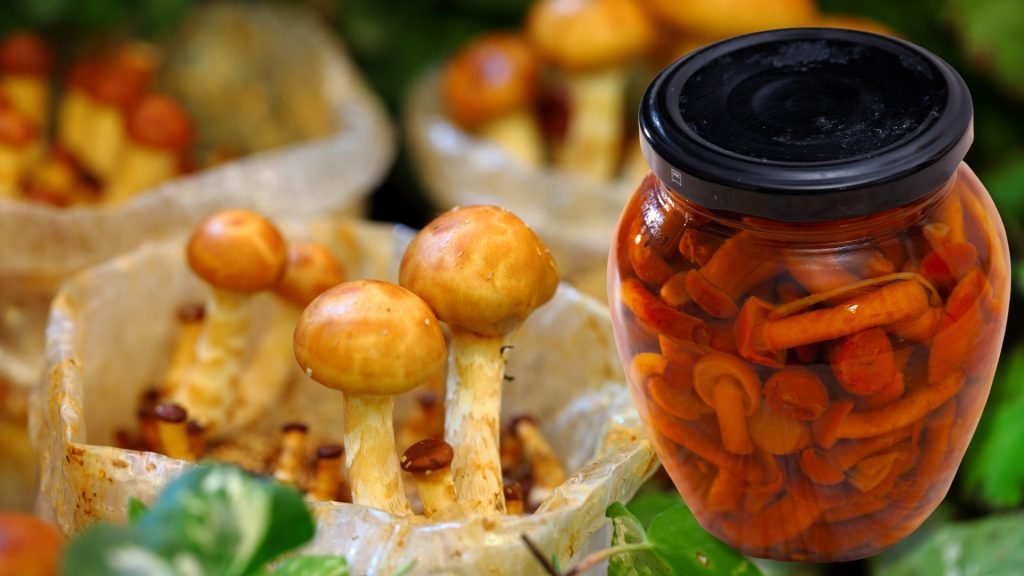Nature often deceives with beauty. Among its most perilous seducers are toxic mushrooms, cloaked in vibrant colors and fascinating forms. These fungi, as captivating as they are, bear potential harm, reminding us that allure often hides a lethal secret.
Delving Deeper:
The fungal kingdom is replete with species, some nourishing, others deadly. The perilous ones often emerge with an allure hard to resist. To the untrained eye, distinguishing between an edible treat and a toxic nightmare becomes challenging. Such is the intrigue of toxic mushrooms, where their captivating appearances belie their inherent dangers.
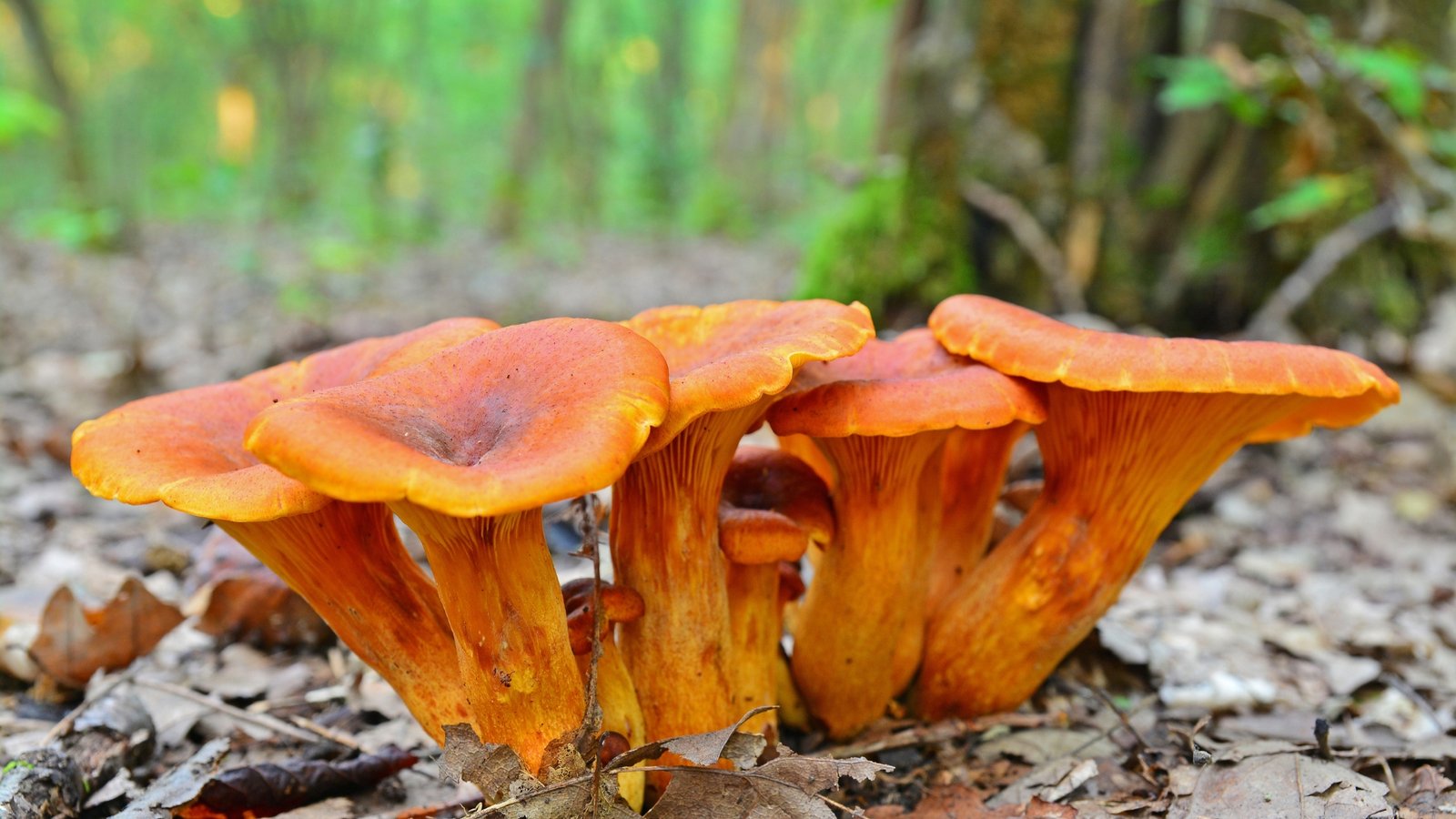
The Alluring Jack-O’-Lantern Mushroom:
Characterized by its bright orange hue, the Jack-O’-Lantern mushroom (Omphalotus Olearius) is a beguiling specimen. Its gills emit a faint glow in the dark, leading to its spooky moniker. However, beneath this charming exterior lies a potent toxin, illudin, which when ingested can cause severe gastrointestinal distress.
Its bioluminescence, while mesmerizing, has led many to misidentify it as the edible chanterelle. The distinction is crucial. While both have gills running down the stem, the Jack-O’-Lantern’s are much sharper and densely packed.
The geographical range of this mushroom spans North America and Europe. Thriving in hardwood forests, they often grow in clusters around tree stumps and roots.
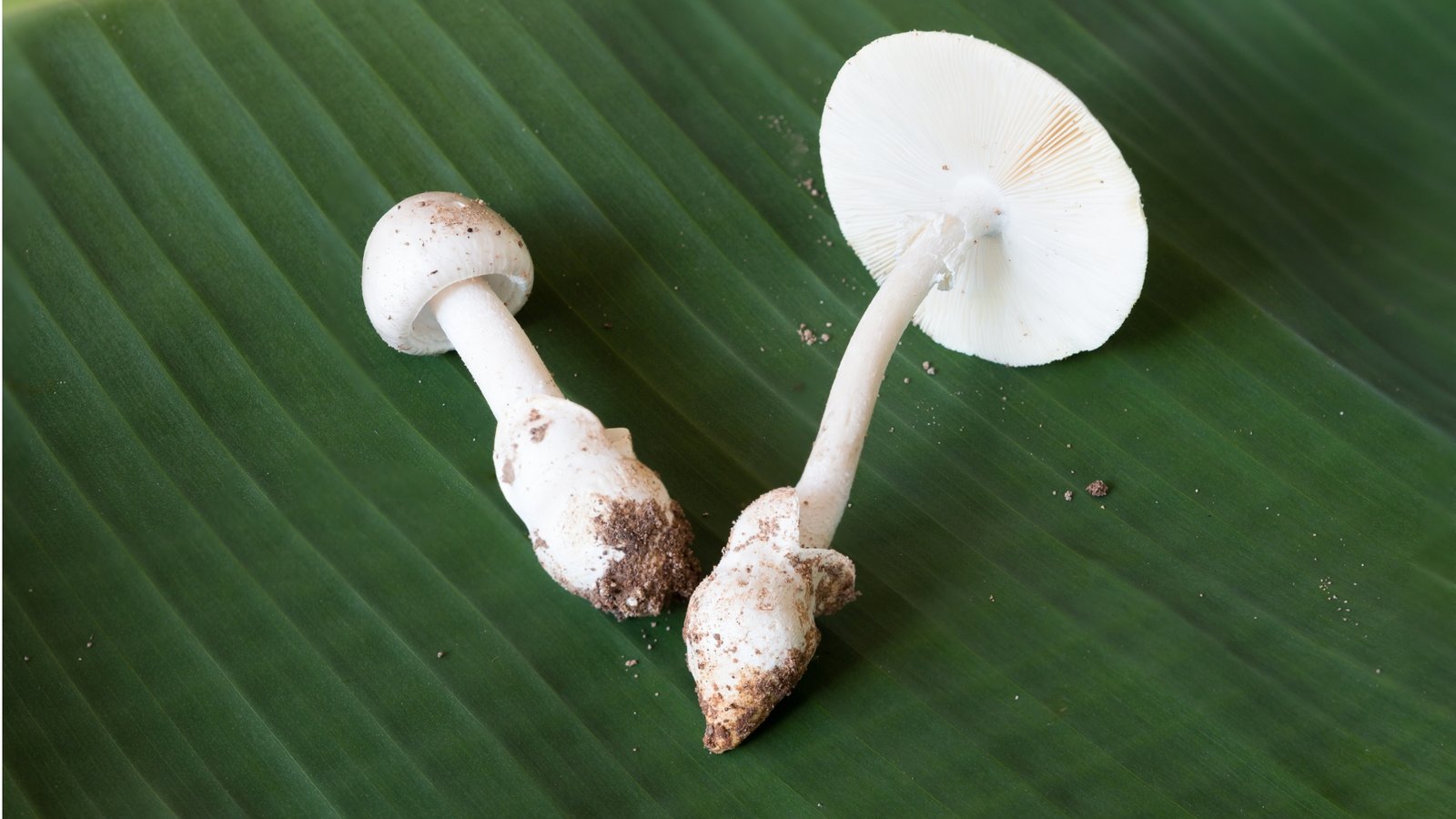
Other Deceptive Beauties:
The Amanita Phalloides, or the Death Cap, stands as one of the most lethal mushrooms. With its alluring pale green cap, it’s responsible for the majority of mushroom poisoning fatalities. Similarly, the Fly Agaric (Amanita Muscaria), recognizable by its vibrant red cap dotted with white, contains hallucinogenic properties that can lead to unpredictable and dangerous effects.
The Destroying Angel, with its pristine white appearance, can be a silent killer. Consuming even a small amount can result in fatal organ failure if not treated immediately. Each of these mushrooms underscores the importance of accurate identification and the risks of foraging without proper knowledge.
The universe of mushrooms is expansive, each variant bearing its own unique charm and characteristics. The Marketplace on the 🍄 Mushroom Network is a testament to this diversity. It is a haven for those seeking a deeper understanding of the magical world of mushrooms. If you’re keen on learning more about this type of mushroom and other mushroom variants, this Marketplace is your ultimate resource.
No posts found!
The Role of Toxins:
Fungi develop toxins as a defense mechanism against predation. These chemical compounds vary widely in their effects on humans, ranging from mild gastrointestinal disturbances to severe organ failure and death. Alpha-amanitin, found in the Death Cap, interferes with RNA synthesis in liver cells, leading to irreversible damage.
Other toxins, such as muscimol in the Fly Agaric, affect the central nervous system, leading to hallucinations. Understanding the biochemistry behind these toxins not only underscores their danger but also opens avenues for potential medicinal applications.
Not sure where to start? The 🍄 Mushroom Academy offers a wide range of courses tailored to your needs. Whether you’re a beginner eager to learn or an experienced mycologist looking to broaden your knowledge, the 🍄 Academy has something for everyone.
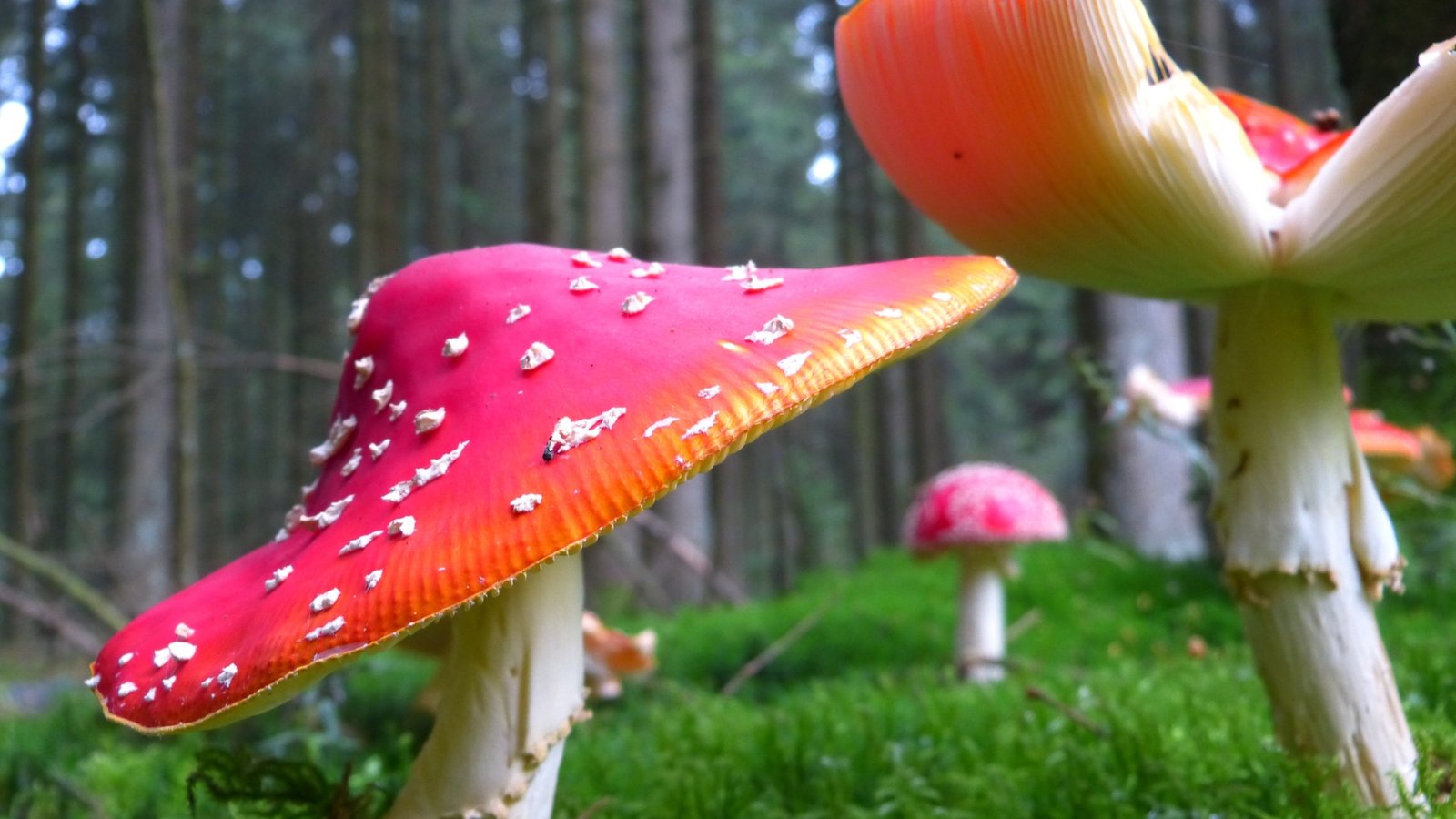
Unveiling the Hidden Dagger:
Mushrooms, in all their diversity, remain a testament to nature’s duality of beauty and danger. Their toxins, evolved over millennia, serve as both protectors and executioners. For the curious observer or avid forager, the key lies in knowledge and caution, appreciating these fungi from a distance unless their identity is certain.
Don’t forget to check out the 🍄 Mushroom Network’s Marketplace to see what’s available. But hurry, our shelves are constantly evolving, and you wouldn’t want to miss out on this wonderful mushroom. Join our growing network of Patrons, Genetics, and Mycologist Vendors only on the 🍄 Mushroom Network!
Recommended Reads:
Isolating Cultures in Mycology: A Comprehensive Guide
Mushrooms, being fungi, have a complex and fascinating biology that presents many opportunities for scientific...
Read More...Unraveling the Enigma of Endophytes: Fungi Inside Plants
In the lush green world that surrounds us, a lesser-known symbiosis weaves its intricate, invisible...
Read More...Entheogenic Encounters: Ancient Cultures and Sacred Mushrooms
About This Article: Get ready to embark on a historical hallucination! Dive into the ancient...
Read More...Cultivating Cordyceps: A Guide for Beginners
Delving into the realm of fungi, Cordyceps stand out with their unique growth and medicinal...
Read More...Whoa there, Spore Sport! 🍄 Looks like you’re not logged in yet. Don’t you know what you’re missing? MYCO-CREDITS! Imagine all the fungal fun you could have. It’s like finding a Morel in May and not picking it. Tragic, right? Log In or Become a Myco-Patron and start racking up those credits. It’s more rewarding than finding a mushroom in your backyard! 🌟🏡
